The Complete Guide To Type 4 Hair: 4A, 4B, 4C

Exploring your natural curls represents an empowering journey of self-discovery and confidence. Having Type 4 hair is a beautiful and unique gift, but being ready to care for it properly can be a challenge. If you're feeling overwhelmed, never fear—this complete guide has you covered!
In this blog post, we're providing the most reliable advice from industry professionals so you can unlock your curl potential and proudly showcase your natural textures however you like.
Whether you're new to the Type 4 hair community or an experienced enthusiast, expect tons of learning opportunities and attractive hairstyling inspiration within this blog post – all tailored to help you better embrace and nurture your gorgeous curls! Take a look through now if you'd like to learn about everything that comes with having lovely Type 4 locks!
What Is Type 4 Hair?
Type 4 hair is a distinctive type of hair, dividing people around the world into its special category! The natural hair typing system, popularized by hairstylist Andre Walker, has divided us according to our uniquely personal curl patterns, density, and thickness.

Type 4 hair often exhibits the tightest coils and kinks in comparison - making for a bewitching visual delight! Predominantly found amongst African, Afro-Caribbean, and African-American descent peoples, Type 4 can also occasionally present itself in individuals from other ethnic backgrounds. Its very uniqueness is inspiring people around the world to express their true beauty down to the follicle!
Type 4 hair is a vast and unique community and is further separated into three subcategories: 4A, 4B, and 4C! Each of these specific hairs has distinct characteristics that make them unique in their own way. We as a community are truly lucky to be able to embrace these differences with open arms that celebrate the beauty held within each texture!
Understanding Each Type 4 Hair Texture That Exists
Are you looking to perfect your hair care and styling routine for your curl pattern? Then mastering the details of each Type 4 hair texture is essential! Let's dive deeper and explore the specifics that come with your type of textured tresses. With a greater understanding, you'll be able to unlock its full potential. So which Type 4 curl patterns are out there? Curly, Kinky, Coily.. the list goes on! Find out more about each one and harness the power of understanding:
4A Hair
Type 4A hair is the stuff of legendary beauty. Recognizable by soft, highly defined coils that make the letter "S" look like a masterpiece, the strands are fine or wiry and deliciously cottony-soft to the touch.

Every coil is densely packed together, and each kinked ringlet brings extra volume and lots of movement. So versatile—4A hair soaks up all moisture without letting it seep away fast. Drawing upon high humidity for energy, it then shrinks up to 60% when wet—proving ideal for styling into long-lasting updo classics with a fashionable twist.
What are the possible Pros and Cons of Having Type 4A Hair?
It might surprise you to hear that Type 4A hair has its pros and cons. Let's explore both sides of the coin through the lens of experienced professionals:

Pros:
- Get ready to rock gorgeous, attention-grabbing S-shaped curls that outshine all other Type 4 hair textures.
- Embrace your inner styling diva because these curls are a breeze to manage, giving you endless possibilities in rocking different looks.
- Say goodbye to dull and lifeless hair because your natural sheen will make your locks shine like never before, without the need for excessive product use.
- Tangled hair? Not a problem! With its soft and fine texture, you'll have no trouble detangling and styling your hair with ease.
- Have fun with your curl pattern and explore the possibilities of creating unique styles that you can proudly show off.
Cons:
- 4A hair is more prone to breakage because it's naturally finer in texture, so extra TLC must be used when styling or combing through.
- The humidity will be your worst enemy as it expands the curls and causes your hair to become poofy and frizzy.
- If you're a low-maintenance person, this hair type will require more frequent styling and deep conditioning to keep those gorgeous curls looking their best.
- The shrinkage can make it difficult to achieve longer hairstyles which is why protective styles are highly recommended (e.g., box braids or crochet braids).
- The tight curl pattern can lead to tangling if the hair is not adequately moisturized or handled gently.
4B Hair
Type 4B hair is quite distinct from its 4A counterpart. This particular type of curl features a zig-zag pattern rather than the S-shape of other curly strands, resembling the letter "Z" and making them easier to identify among other curly types such as 3a, 3b, and 3c.

4B hair strand has a sharp angle that can make it difficult for sebum to fully cover the fiber, resulting in a lack of moisture that can result in dryness and frizziness. One thing's for sure – when type 4B hair gets wet, it shrinks by up to 50% or more; this produces beautiful coils but can lead to tangles if not properly moisturized.
What are the possible Pros and Cons of Having Type 4B Hair?
Type 4B hair possesses its own set of advantages and challenges, making it a unique and beautiful hair type. Let's explore the possible pros and cons of having Type 4B hair:

Pros:
- 4B hair is great for rocking length since it has the perfect combination of shrinkage and elasticity to keep your coils looking bouncy and healthy.
- You can easily create a number of styles, such as bantu knots, two-strand twists, and flat twist-outs, with this versatile texture.
- This type of hair holds styles for days, so there's no need to worry about constantly having to do touch-ups.
- Type 4B hair is a great canvas for experimenting with different coloring techniques without putting too much stress on the curls.
- It's easy to maintain and requires minimal product use for maximum definition.
Cons:
- 4B hair requires consistent and thorough hydration to combat dryness and frizz effectively. Using the right products specifically formulated for this hair type is essential in maintaining moisture balance.
- Proper detangling is crucial for Type 4B hair, as its tightly coiled strands are prone to tangling, especially during and after washing. Taking the time to detangle gently helps prevent knots and breakage.
- Styling Type 4B hair can present challenges due to the sharp angles of its coils, which may not easily hold styling products or respond well to certain techniques. Patience and experimentation are key to finding the right styling approach that works best for this unique texture.
- The natural shrinkage of Type 4B hair can make achieving lengthier hairstyles a bit challenging without using heavier products for elongation. Understanding and embracing the versatility of this hair type's shrinkage can lead to creative and beautiful styles.
- Due to its delicate nature, Type 4B hair is more susceptible to breakage. Practicing gentle combing and styling techniques, along with regular deep conditioning and protective styling, helps minimize the risk of breakage and promotes healthier, stronger curls.
4C Hair
Type 4C hair is certainly something special! It's tightly coiled with strands having a pattern resembling a "Z" shape and a rounded U at each end, which makes it especially delicate, making it more prone to breakage. On top of that, this hair type has an extremely low porosity, meaning that products and moisturizers take much longer to absorb into the strands. Talk about challenges when it comes to managing the hair!

Though it may bring its fair share of difficulties, we can't deny 4C hair's unique beauty with thick, defined curls that just keep bouncing back into place over and over again. Its appearance can mean fewer styling sessions with extended hours spent in front of the mirror, creating that only perfect look you always dreamed of.
What are the possible Pros and Cons of Having Type 4C Hair?
Type 4C hair comes with a list of benefits as well as potential drawbacks. Let's take a closer look at some of the pros and cons of having Type 4C hair:

Pros:
- Type 4C hair boasts exceptional versatility, accommodating a wide array of captivating styles like twist-outs, two-strand twists, Bantu knots, and numerous others. This curly texture lends itself effortlessly to achieving longer, more elegant hairstyles, allowing for a delightful array of creative expressions.
- Moreover, the shrinkage factor, reaching an impressive 75%, adds a fascinating and one-of-a-kind appeal to this hair type. Embracing its natural shrinkage becomes an artistic journey in itself, unveiling a uniquely captivating look that sets it apart from other hair types.
- One of the greatest advantages lies in the compatibility with products possessing a heavier consistency. These specialized products prove to be a boon for Type 4C hair, enabling the creation of well-defined, textured masterpieces that highlight the hair's inherent beauty and individuality. With the right products and techniques, Type 4C hair becomes a canvas of boundless possibilities, inviting a world of creativity and self-expression.
Cons:
- Type 4C hair is very delicate due to its tight coil pattern, which makes it prone to breakage. Proper care should be taken when styling or combing through the strands.
- It has the lowest porosity of all hair types, which makes it difficult to absorb products and hold moisture. Regular deep conditioning is essential for keeping this type of hair healthy and hydrated.
- Type 4C hair has difficulty maintaining curls and styles. It requires a heavier consistency when using styling products to keep the coils intact for longer periods.
- This type of hair can be challenging to style due to its tight nature, making it difficult to manipulate into different shapes. Finding the right techniques and products requires patience and experimentation.
How to Care for Type 4 Hair To maintain Healthy?

Caring for Type 4 hair is essential to maintain its health and promote its natural beauty. Type 4 hair includes subtypes 4A, 4B, and 4C, which all have unique characteristics but generally require similar care. Here are some tips to keep Type 4 hair healthy:
1. Gentle Handling
Type 4 hair is delicate and prone to breakage, so handle it with care. Avoid rough combing or brushing, and opt for finger detangling or use a wide-tooth comb when necessary. Be patient and gentle to minimize damage.
2. Moisturize Regularly
Type 4 hair has low porosity, making it challenging to absorb moisture. Regularly hydrate your hair with a water-based leave-in conditioner or spritz with water to keep it moisturized. Follow up with natural oil or butter to seal in the moisture.
3. Deep Conditioning
Type 4 hair is thirsting for hydration! Regular deep conditioning offers a reprieve, providing extra moisture and nourishment. Try treating your hair to this at least once per week or whenever it needs a moisture boost. Deep conditioners help to improve overall hair health while locking in essential hydration. Boost resilience and shine with regular deep conditioning— your mane will thank you for it!
4. Protective Styling

Consider protective hairstyles like twists, braids, buns, or wigs to minimize manipulation and protect the ends from damage. Protective styles can help retain length and reduce breakage.
5. Avoid Heat Styling
Limit the use of heat-styling tools like flat irons and blow dryers, as excessive heat can lead to dryness and damage. If you must use heat, apply a heat protectant and use the lowest possible setting.
6. Trim Regularly
Taking regular trims is incredibly important for keeping your hair looking its finest! Every 8 to 12 weeks, it's a great idea to schedule some pampering time for yourself at the hairdresser. This will help get rid of split ends and maintain the healthy look and feel of your hair. Don't forget to make time for a trim as soon as you start noticing split ends – your locks will thank you for it later!
7. Use Products Suited for Type 4 Hair
If you've ever wanted voluminously healthy Type 4 hair, keep an eye out for nature-inspired products! Moisturizing shampoos, hair conditioners, and styling products tailored specifically to this hair type can make a world of difference. Make sure you avoid products with harsh chemicals that may damage your hair and strip away its natural oils. Instead, opt for creamy formulas, silky serums, and nourishing oils to achieve the mane you've always wanted!
8. Keep Your Scalp Healthy
The scalp is an essential part of having healthy hair! Not only should you make sure to keep it clean, but you should also strive to moisturize it regularly to protect its natural oils. Dryness and flakiness are enemies of a healthy scalp, so remember that tending to it is crucial for the growth of strong, vibrant hair. Keeping your scalp happy could transform the look and feel of your tresses more than you realize!
9. Nighttime Care
If you want to keep your hair looking beautiful at night, a satin or silk scarf or bonnet is a great idea! It'll protect your tresses from friction while also helping retain their moisture. And don't forget about a satin or silk pillowcase — it can give your hair and scalp relief throughout the night. With these simple gestures, you'll wake up with healthier-looking hair! Plus, it'll make you feel luxurious while sleeping!
10. Balanced Diet
Eating a balanced diet with the right types of nutrients is essential for healthy hair! Be sure to stay hydrated and make sure your protein intake is on point. Omega-3 fatty acids are so important when trying to nourish your luscious locks, and don't forget about biotin too— an often overlooked nutrient typically found in plant like foods such as nuts, vegetables, and fruits— but it CAN also come in supplement form if avoiding sugary treats is more your jam. All of these simple steps will contribute to faster and healthier hair growth. You can do this, gorgeous!
Remember that everyone's hair is unique, so it may take some trial and error to find the best routine for your Type 4 hair. Pay attention to how your hair responds to different products and techniques, and adjust your care routine accordingly. Consistent and patient care will help you achieve and maintain healthy and beautiful Type 4 hair.
In A Nutshell
We hope that this complete guide to Type 4 hair has armed you with the knowledge and confidence to embrace your natural curl potential. Type 4 hair encompasses an impressive range of textures, so understanding yours is the cornerstone of attaining healthy, beautiful strands. Whether it's styling or maintaining your curls, staying informed about what your hair needs and dedicating time to a consistent routine will take you far in mastering healthy-looking type 4 locks. The world is your oyster, or should we say mesquite, thanks to Unlock Your Curl Potential: The Complete Guide to Type 4 Hair! So go forth and rock those beautiful coils like no other!





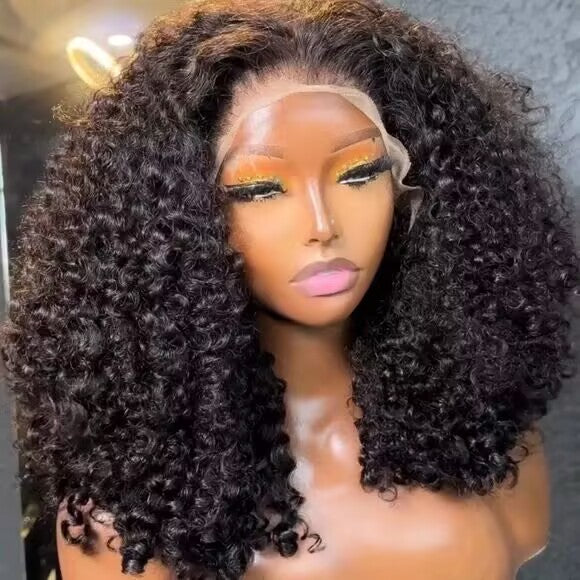
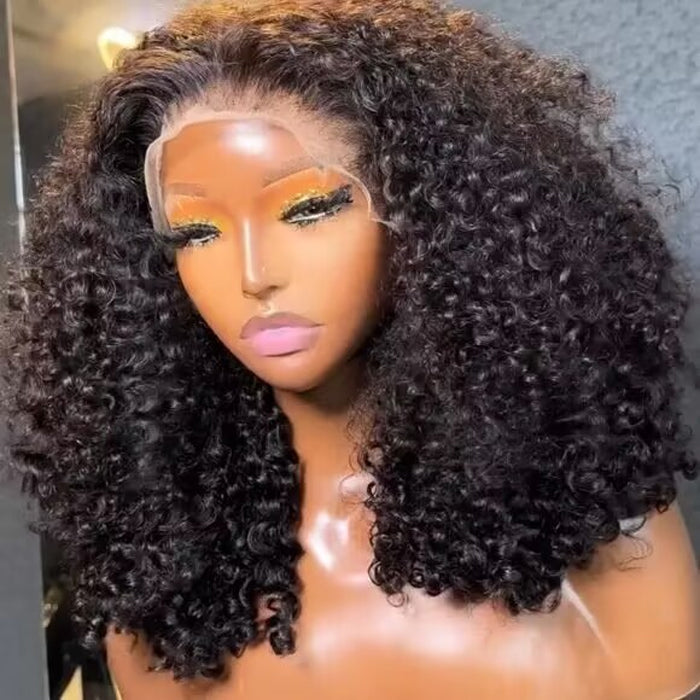







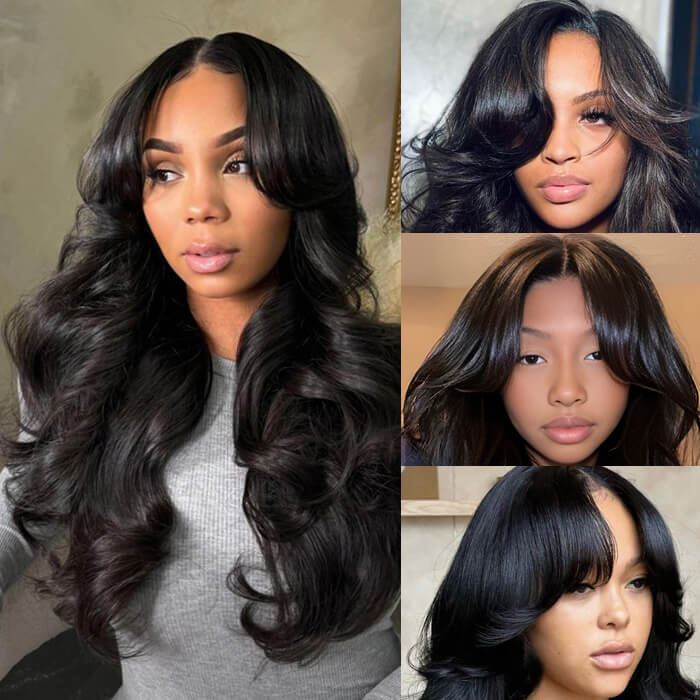


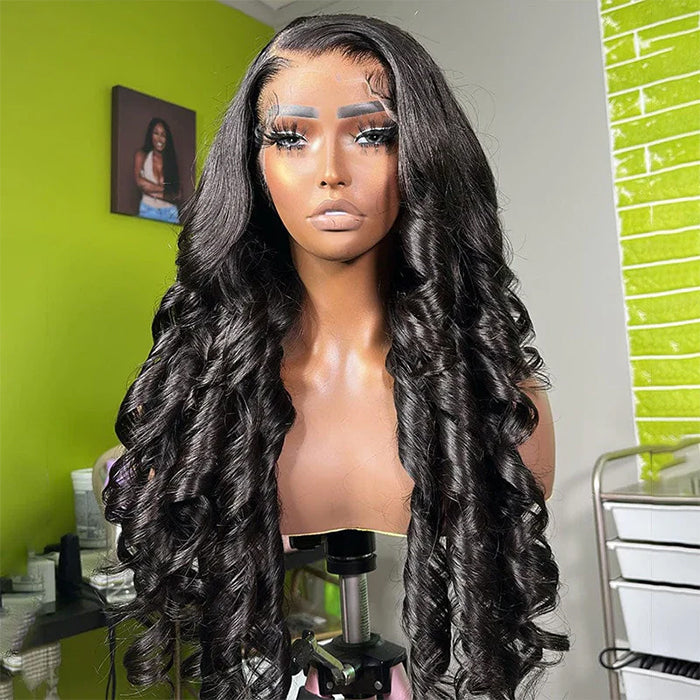

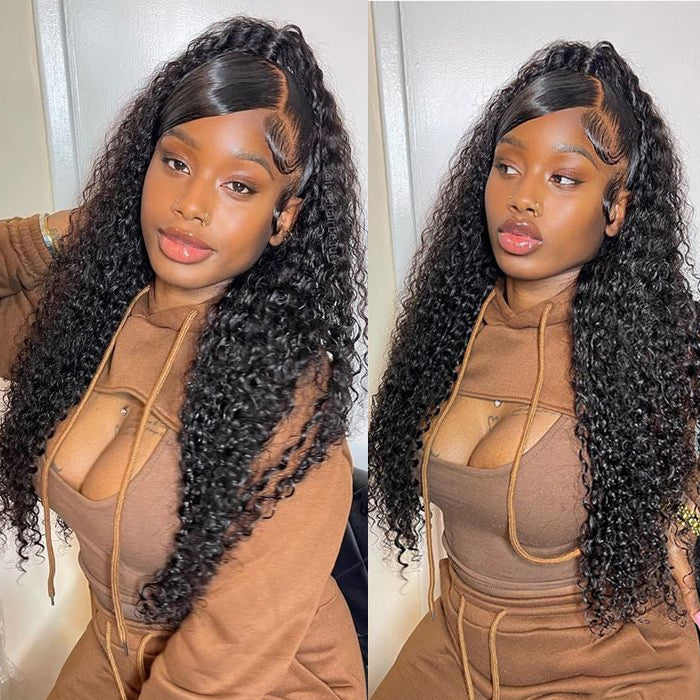

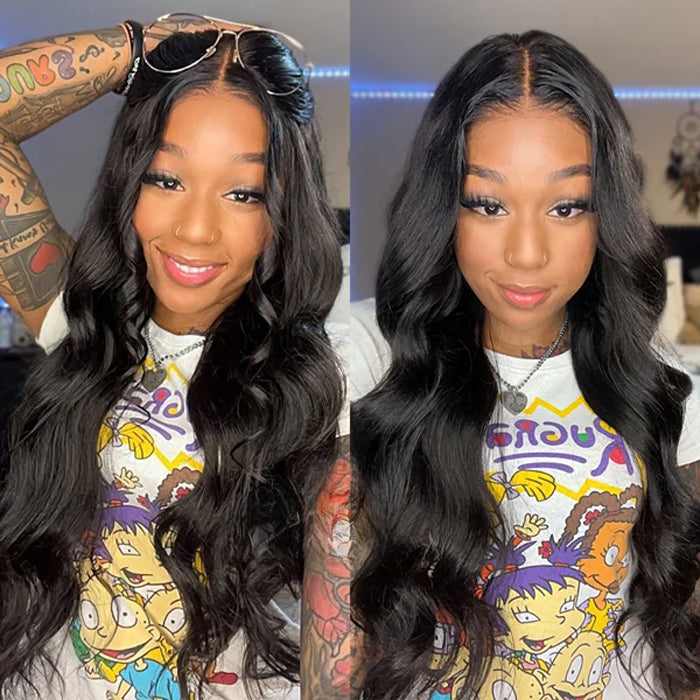
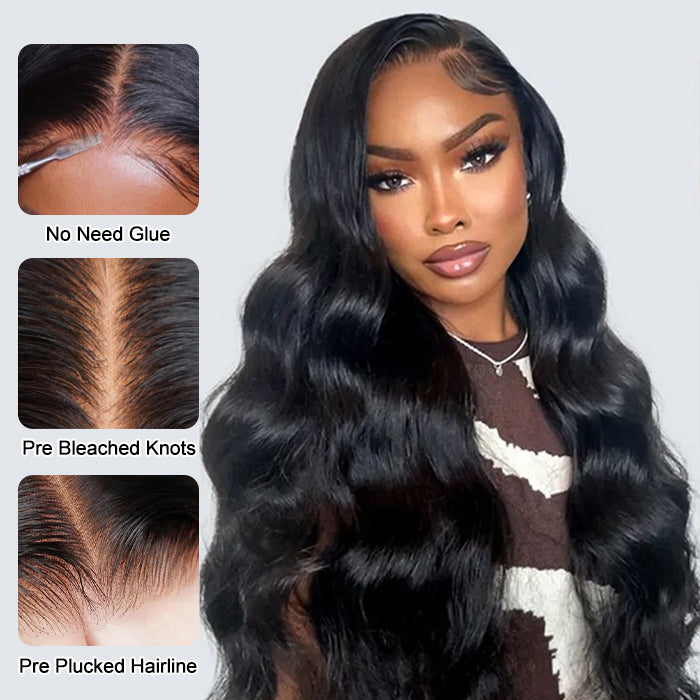
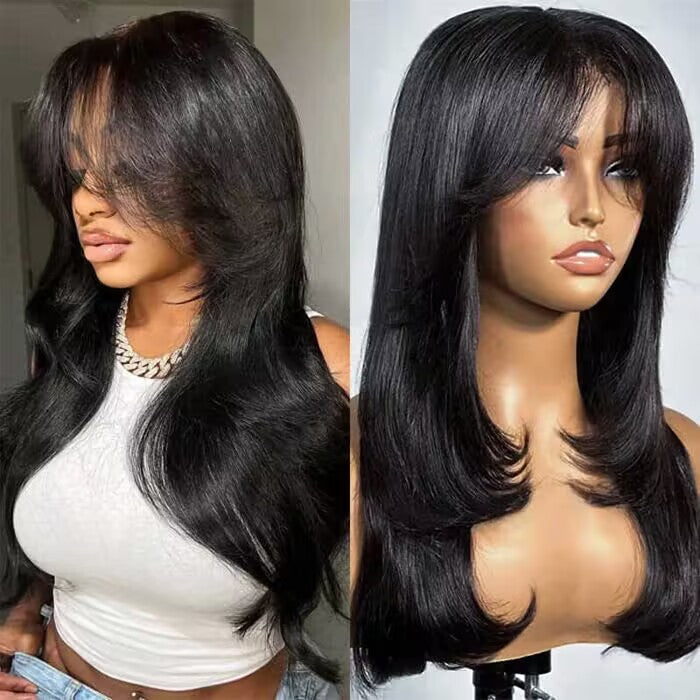
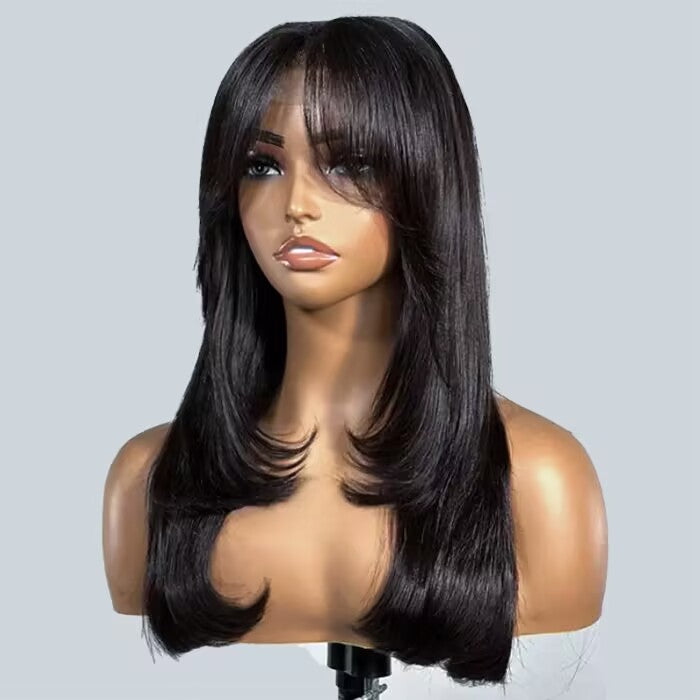
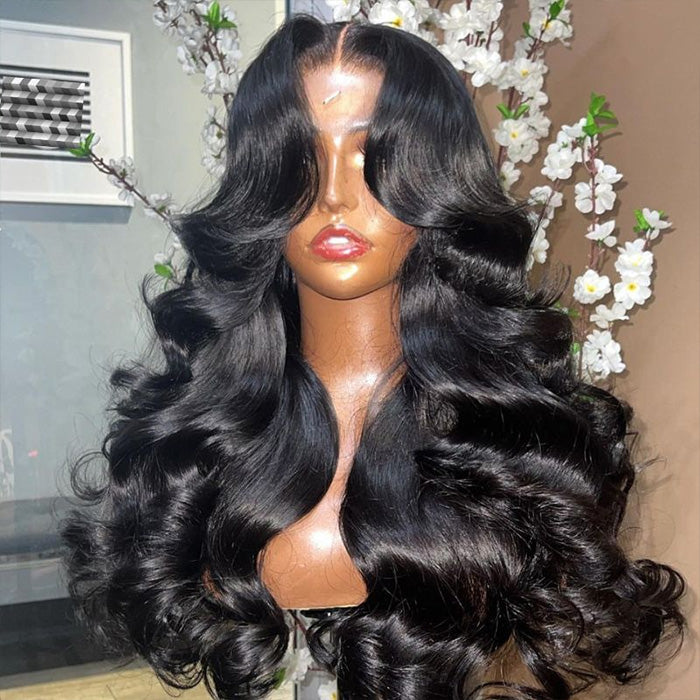
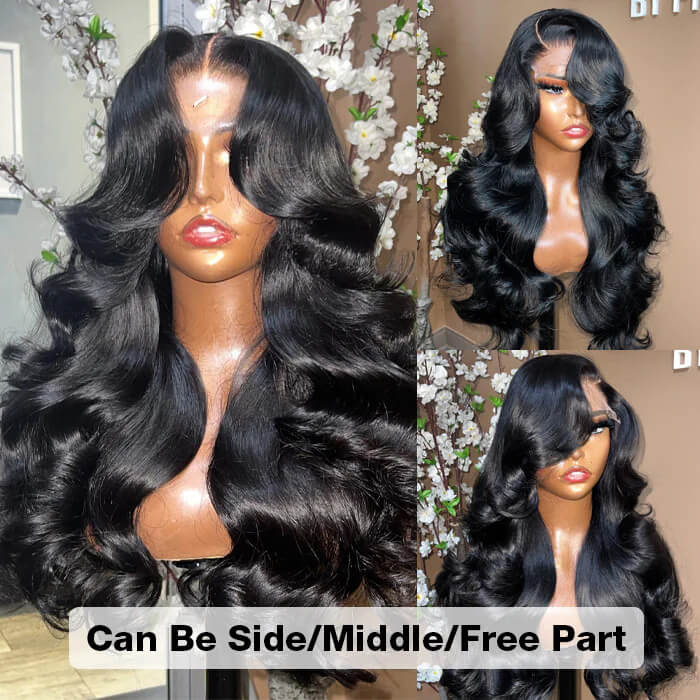
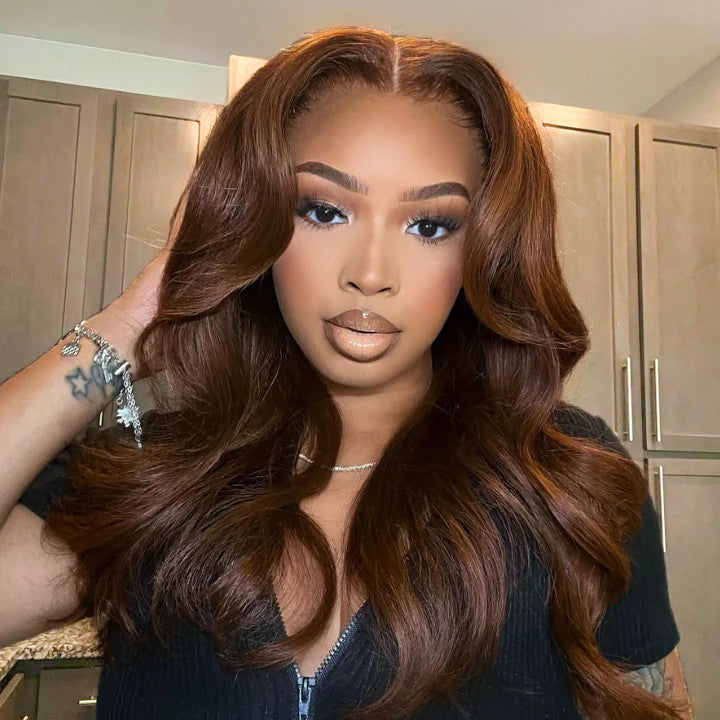

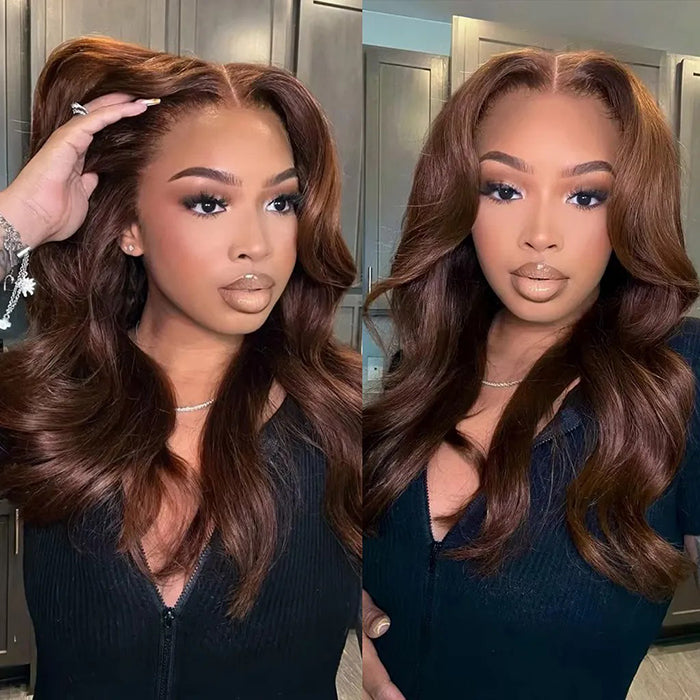

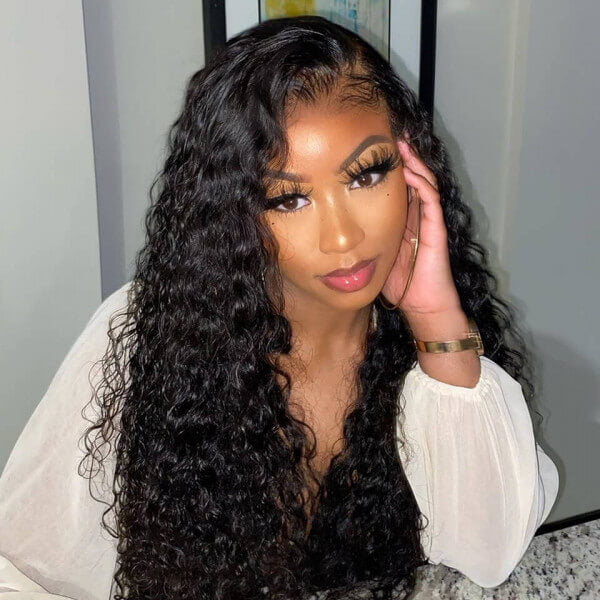

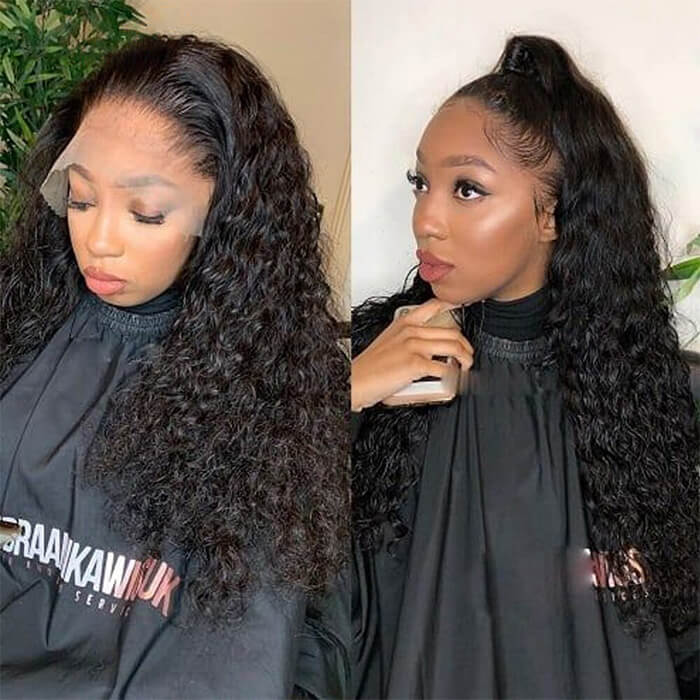
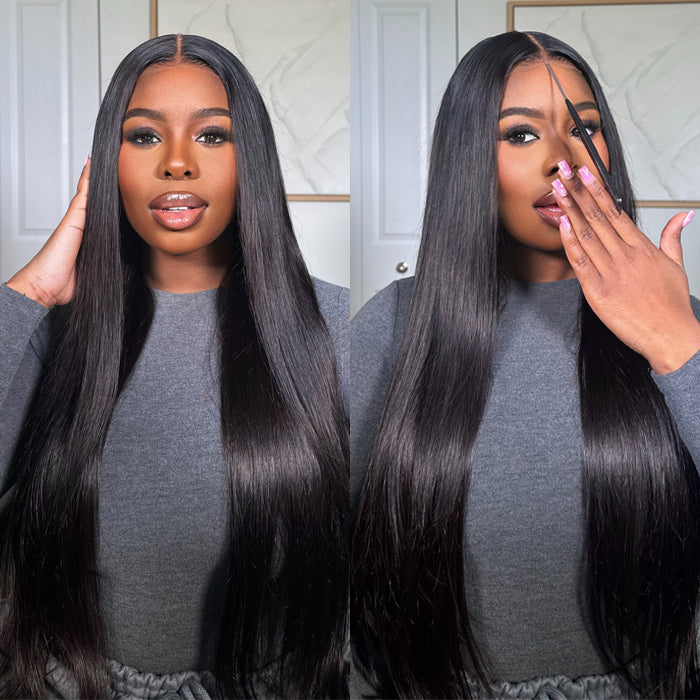
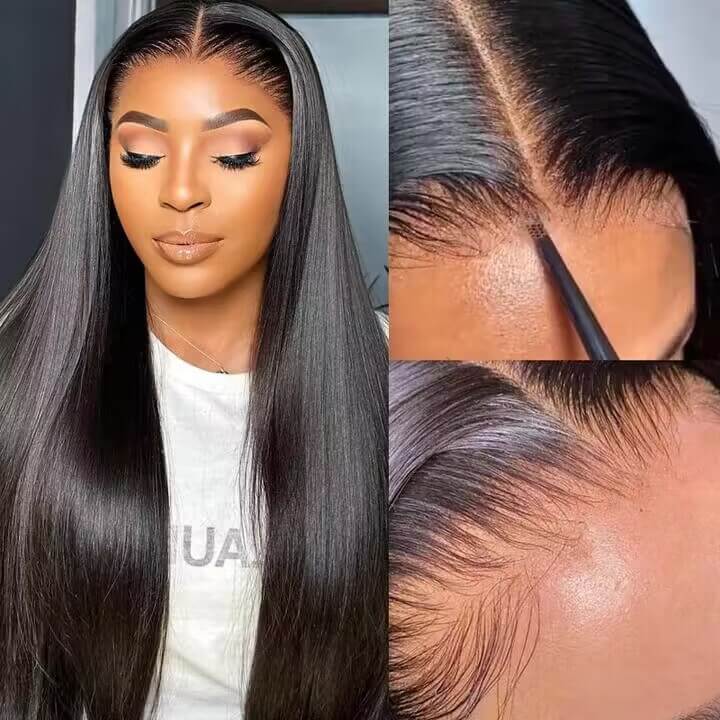
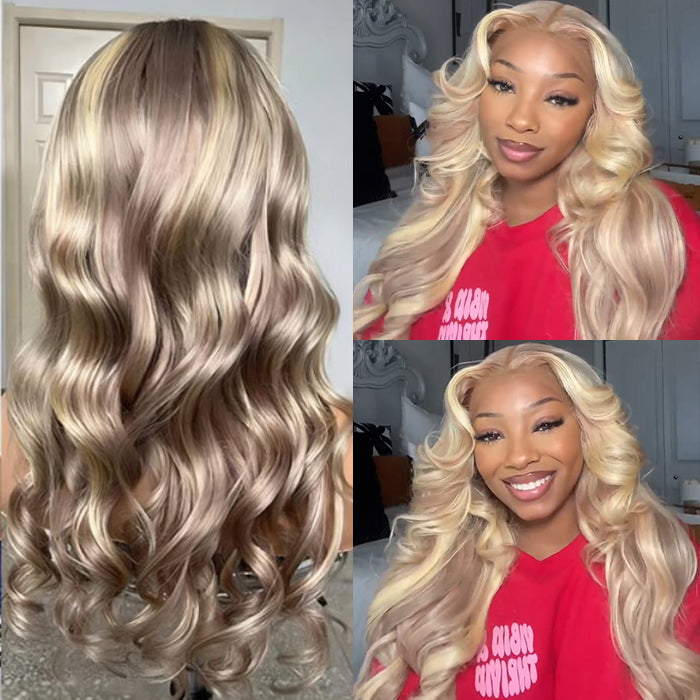
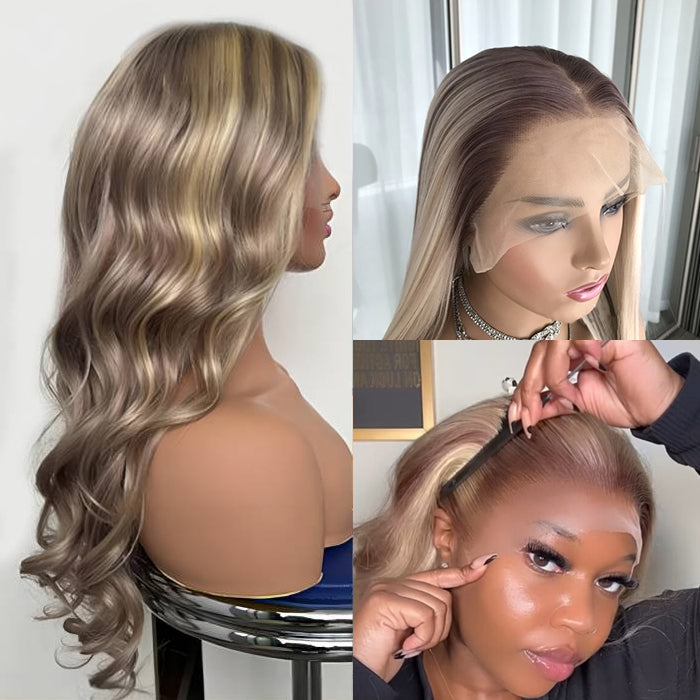
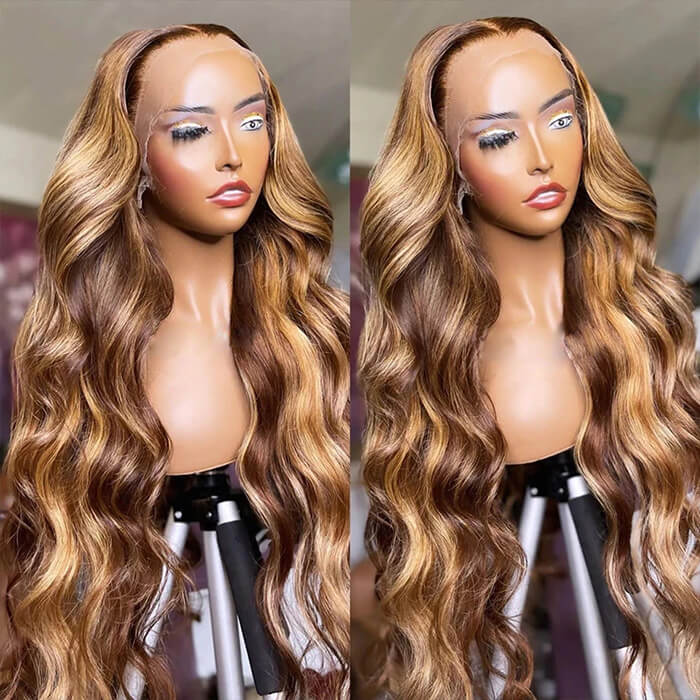
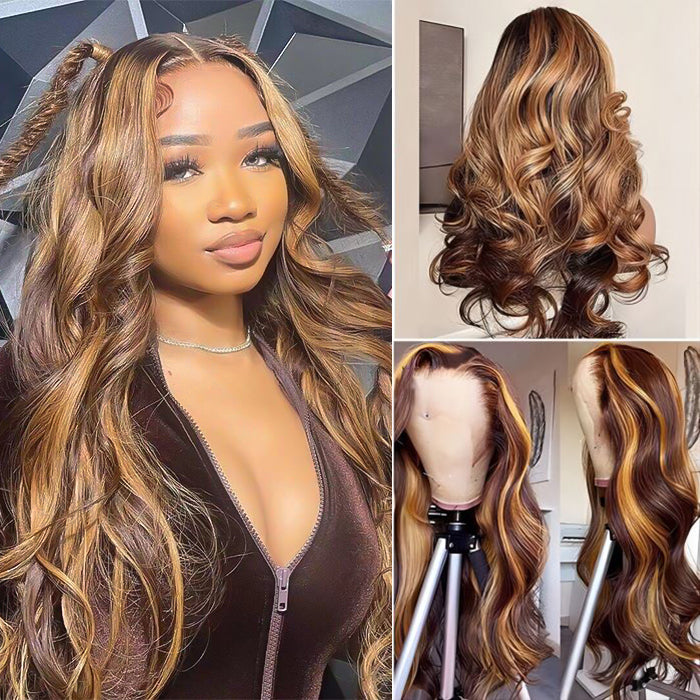
Hi, Ash, glad to hear that we can help!
This was an awesome breakdown. I haven’t been into hair care for a while. So for me this was a refreshing refresher and now I feel ready to start my new hair journey. Thank you Hermosa Hair.
Leave a comment